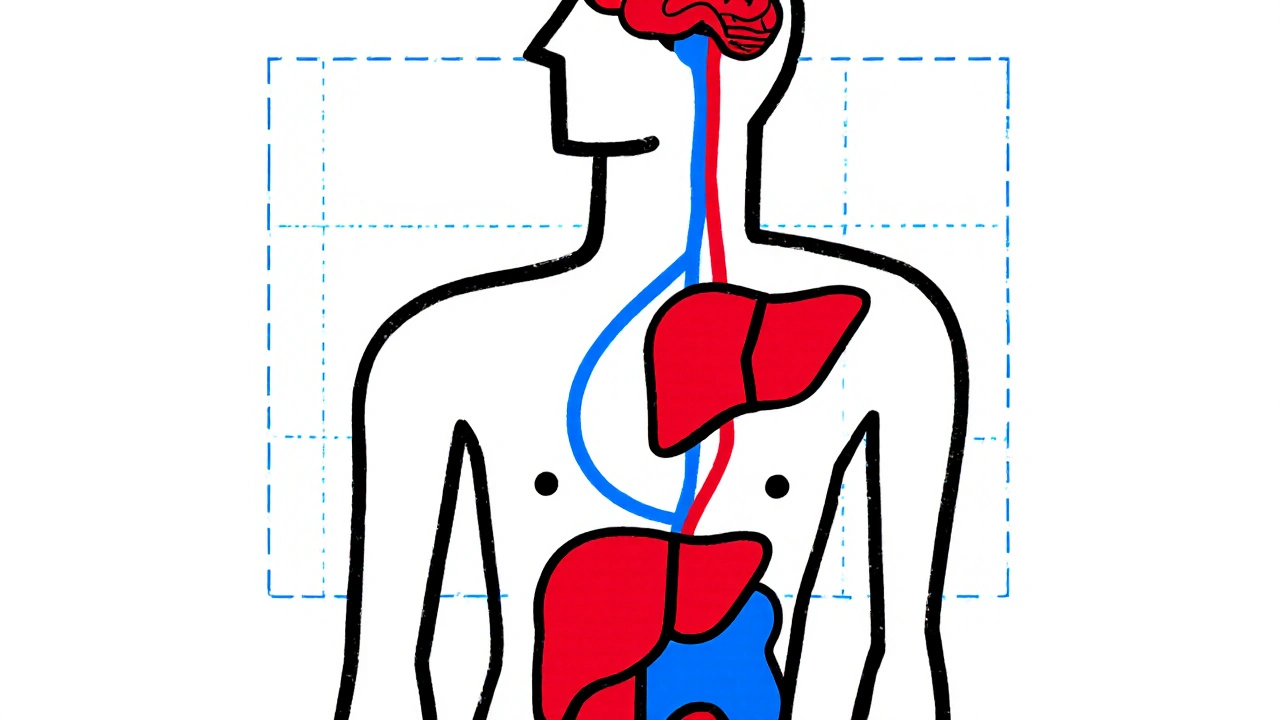Blood Sugar Basics: Manage Levels with Food, Supplements & Meds
First thing: know your numbers. A normal fasting blood sugar sits between 70‑99 mg/dL. If you’re seeing 100‑125 mg/dL, that’s pre‑diabetes; 126 mg/dL or higher means diabetes. Write down your readings, look for patterns, and share them with your doctor. Simple tracking can reveal how meals, stress, or sleep affect you.
Everyday Foods That Keep Glucose Steady
Choose carbs that digest slowly. Whole grains, legumes, and non‑starchy veggies release glucose over hours, which stops spikes. Swap white bread for oats or quinoa, and grab a handful of nuts instead of chips. Adding protein or healthy fats to each meal—think chicken, fish, avocado—slows absorption even more.
Supplements That Actually Help
Not every pill works, but a few have solid evidence. Barley beta‑glucan, found in oatmeal or supplements, can lower post‑meal spikes. Cinnamon (about one teaspoon daily) may improve insulin sensitivity for some people. If you’re low on vitamin D, a modest dose can aid glucose control. Always check with a pharmacist before mixing anything with your prescriptions.
Speaking of prescriptions, many people with high blood sugar rely on drugs. Sitagliptin, Metformin, and newer GLP‑1 agonists like Ozempic have different ways of lowering glucose. Metformin cuts liver sugar production, while GLP‑1 meds boost insulin release and help you feel full, which can aid weight loss. Your doctor will pick the right one based on your health, side‑effect tolerance, and costs.
Side effects matter. Metformin may cause mild stomach upset, but taking it with food usually eases that. GLP‑1 drugs can give nausea at first, but it often fades after a couple of weeks. If you notice any weird symptoms—like sudden dizziness or severe stomach pain—call your healthcare provider right away.
Exercise is a free, powerful tool. A brisk 30‑minute walk after meals can drop blood sugar by 20‑30 mg/dL. Resistance training, like lifting light weights twice a week, builds muscle that pulls glucose from the bloodstream even when you’re resting.
Sleep and stress aren't optional. Less than six hours of sleep can raise cortisol, which spikes blood sugar. Aim for 7‑9 hours, and try quick relaxation tricks—deep breathing, a short walk, or a hobby—to keep stress low.
Finally, keep an eye on your meds and supplements. Combine them safely, store them properly, and never double‑dose. Use a pill organizer or a phone reminder to stay on track.
Managing blood sugar isn’t a one‑size‑fits‑all plan, but mixing solid food choices, proven supplements, reliable meds, and lifestyle habits gives you a sturdy toolbox. Start small, track what works, and adjust as you go. Your body will thank you.

Cabergoline and Diabetes: What Research Shows About Blood Sugar Effects
Nov 1 2025 / MedicationsCabergoline may improve insulin sensitivity and lower blood sugar in people with high prolactin levels and type 2 diabetes. Learn how it works, who benefits, and what to watch for.
VIEW MORE
Black Mulberry: The Secret Superfruit for Optimal Health
Sep 22 2025 / Health and NutritionDiscover how black mulberry's unique blend of antioxidants, fiber, and vitamins can boost heart health, balance blood sugar, and nourish your gut for overall wellness.
VIEW MORE